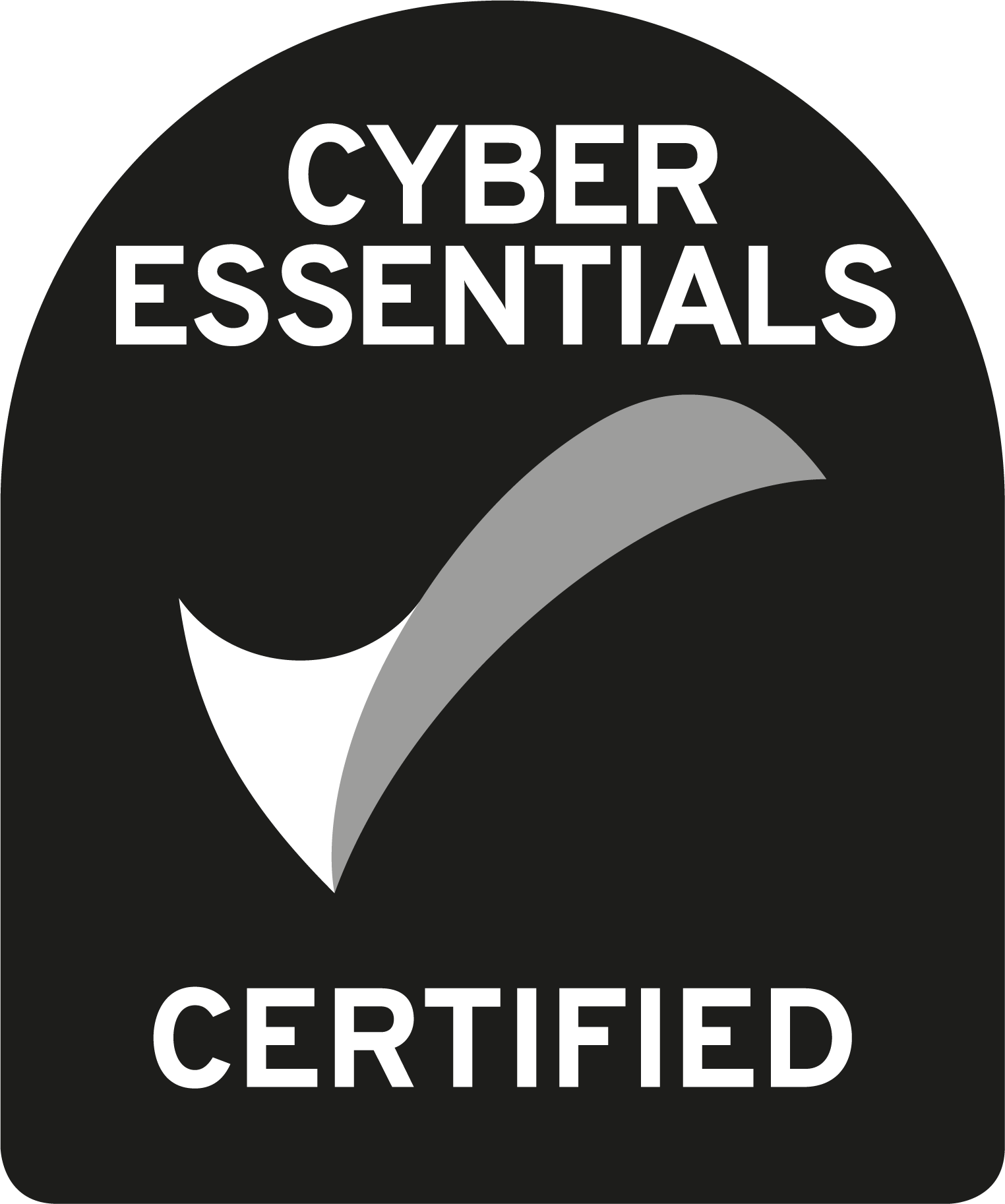How cloud computing can help in the fight against Coronavirus











The spread of Novel Coronavirus (COVID-19) has dominated media coverage lately, with a seeming hour-by-hour...
Mar 20
Read
























27 Feb 2020
A domain name forms a key part of your company’s online presence and brand reputation. Its function is much like a street address in the physical world, enabling customers to find your website. Understandably, you need to keep your domain names stable, secure and out of the hands of competitors or opportunists.
Choosing and registering a domain name is a relatively straightforward process: you carry out an availability check, register it with an independent registrar or web hosting company and choose how long you want it for. Once the name is registered, it’s assigned to a host’s primary and secondary nameservers, which point the domain to a website.
But what makes domain management so challenging? The answer is that it requires a systematic and structured approach. Managing one domain name is uncomplicated, however, if you have a portfolio of domains that you need to periodically renew/lapse or make changes to, you need to ensure that you have a robust management system in place.
Here are our top tips to ensure you always stay on top of your domain name portfolio:
Make sure all your domains are registered in the name of your company and not in the name of a third party. This ensures that, if the name ever needs to be transferred between registrars, there are no issues. If your company name is not attached to the domain, you may risk losing access to the domain permanently if the registrant chooses to revoke it.
Enabling auto-renewal of your domain provides peace of mind and reduces the risk of it accidentally lapsing. This can and does happen for all sorts of reasons – renewal notices going into a SPAM folder or passing to the wrong person. Recovering an expired domain can be a costly and timely process, whereas auto-renewal ensures that your domain is renewed in good time.
Adding multiple account users reduces the possibility of losing access to your domains. When a member of staff associated with the account leaves your company, simply remove them from the list of members. As good practice, make sure that the account is securely shared with at least 3 people in your organisation.
Mask any company information to avoid it falling into the hands of spammers or competitor businesses, using WHOIS Privacy Services. Instead of your company data being available in the WHOIS database, it will be hidden from prying eyes. When registering future domains, check whether your domain registrar offers this service.
If you don’t have a central list of all your registered domain names, enlist the help of your co-workers to compile one. You can use www.whois.net to check where the domain is registered, name server details and when it expires. This list is especially handy if changes or updates need to be carried out at short notice.
The number of available Top-Level Domains (TLDs) is ever-increasing and it’s common to use several registrars for different variations of the same name. To make your portfolio easier to manage, you may wish to consider consolidating your list to a small number of providers. This can be more helpful than using one provider as some registrars don’t support all the existing TLDs.
Also referred to as two-factor authentication, this process ensures that two verified means of identity are supplied before your account can be accessed. A good example of this is the requirement to enter a password and then a separate security number, sent to a registered phone. Nearly every domain platform and service will be enabled for 2FA – you simply have to find it and turn it on within your account settings.
Keeping your domain names secure is one of the most important ways of protecting your company’s intellectual property, both now and in the future. Although there is no “one-size-fits-all” approach to managing a domain name portfolio, the tips outlined above will help regardless of your company’s unique requirements and objectives.
How cloud computing can help in the fight against Coronavirus
Here’s how your business can reap the benefits of cloud servers
Desktop-as-a-Service – 8 essential reasons your business needs Remote App to take it to the next level











The spread of Novel Coronavirus (COVID-19) has dominated media coverage lately, with a seeming hour-by-hour...
Mar 20
Read






















A domain name forms a key part of your company’s online presence and brand reputation....
Feb 27
Read






















Cloud storage will revolutionise your business and save you heaps of money. Intrigued? Read on...
Feb 6
Read






















Whether you like it or loathe it, cloud computing is currently experiencing hyper-growth in popularity...
Jan 17
Read






















Cloud-based services have gone mainstream and their popularity has grown exponentially in the last few...
Jan 10
Read












